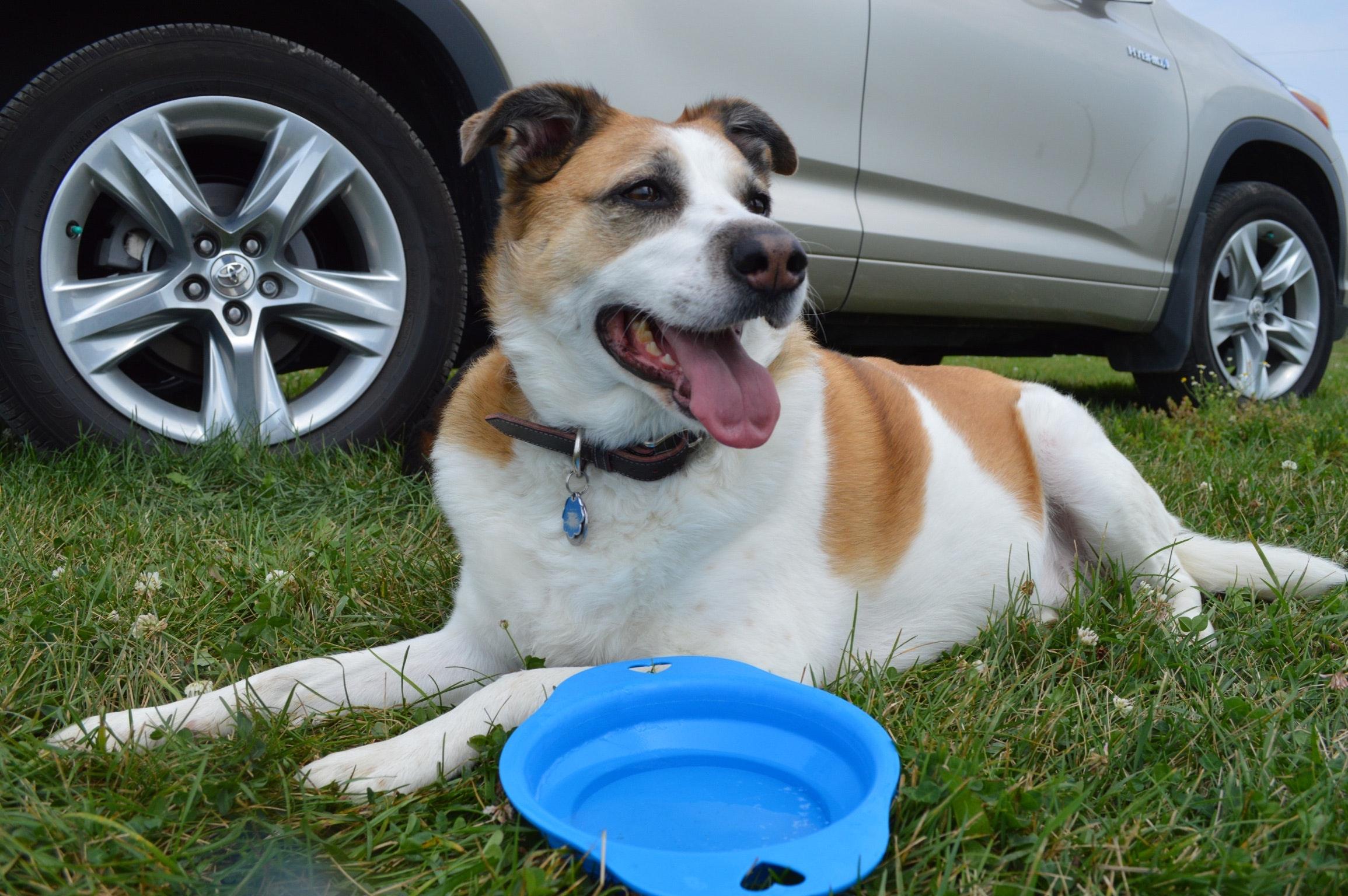5 Tips For Traveling With A Therapy Dog
Windows rolled down, wind whipping through your hair, your favorite playlist on, and your best pup companion in the back – traveling with a therapy dog can be an adventure! Of course, there is still some preparation that goes into traveling with a therapy dog, no matter the distance. ATD teams are certified nationwide and in Canada. If you plan on visiting a facility near or far that welcomes therapy dogs, here are a few tips to help ensure a smooth and safe ride with your pup by your side.
1. Safety First!
Most dog owners think of their dog like a child. And similar to a child seat for the car, your therapy dog needs to be secure in the vehicle too. Depending on the size of your dog, this may include a car dog seat, a dog crate, or a dog seatbelt. When traveling with a therapy dog, they should not be roaming around in the backseat unattended while you are driving. It’s also a good rule of thumb to not leave the backseat window open too wide. Yes, our pups do like the fresh air zipping past them, but they could accidentally lean too far and fall out of the moving vehicle. Additionally, many people do not consider the risk of debris and dirt getting into their eyes.
Some dogs may get motion sickness in the car, so if your pup is prone to nausea, you may need to take a few car breaks. Be sure to give your dog water and let them out for fresh air at a pitstop. If they need to relieve themselves on a car break or even when you’re at the visit site, choose an area free of any glass or litter. Do not use the facility grounds without permission. Remember, the therapy dog visit starts as soon as you exit the vehicle.
Lastly, never leave your dog unattended in the vehicle, especially in summer.
2. Bring All The Essentials
When you are preparing to head out for a therapy dog visit, make sure you bring all the essentials. This includes:
- Our ATD red heart-shaped tag on your dog’s collar, harness vest, or leash – to identify them as one of our therapy dogs
- Your ATD membership card
- Written proof of your dog’s vaccinations (you can either keep this with you during the visit or have it in your car for safekeeping)
- Water for both you and your dog
- Dog treats, if needed
- Poop bags
For more specific information on therapy dog gear for your visit, refer to the Rules and Regulations Guide.
3. Check The Forecast
Before hitting the road have a look at the weather forecast and see what’s in store for the day. If rain is in the forecast, you may want to bring an umbrella and rain gear for your dog, if you like. If you live in an area where it snows, you may want to bring your dog’s winter coat and booties.
If the weather conditions are too dangerous to drive in, please call and let the facility know and make plans to reschedule your therapy dog visit.
4. Navigating Public Transit
If you are planning to take public transit, know the local regulations regarding permission to board with your therapy dog. ATD certification does not give public access rights. If allowed, it’s important to be respectful of other passengers. Be mindful of where you stand or sit. Some people may be uncomfortable or fearful of dogs, so be courteous and keep your dog close to your side. There can also be many distractions on public transit with people eating, loud music playing and people getting on and off. Read your dog’s body language and look for signs of stress and anxiety. If they seem tense and afraid, consider an alternate form of transportation. You may also want to consider the time of day when traveling with a therapy dog on public transportation. Less crowded times will make the ride smoother.
5. Be Prepared For An Emergency
Life can be uncertain. Make sure you’ve got your bases covered by having an updated emergency kit in your vehicle, but also keep emergency supplies for your pet stashed in your vehicle as well. If you are traveling far for a therapy dog visit, add the contact information of a 24-hour veterinary emergency hospital or local veterinary clinics into your phone or take a screenshot of that information ahead of time in case an issue arises. Having those emergency numbers and addresses readily accessible can be a big help to yourself and others.
If you have concerns about traveling with your therapy dog, reach out to our ATD office. They may be able to help find a facility within walking distance. Alliance of Therapy Dogs also offers home visits, maybe there’s a resident in your area who could use some cheering up!






